Maryland
In a previous blog “Update on the Maryland Dry Needling Regulations,” from November 9, 2023, we reported that Ms. Khadija Ali, Continuing Education Manager (Dry Needling & PT Compact) of the Maryland Board of Physical Therapy Examiners had announced that “a Maryland-licensed physical therapist can start needling immediately in their practice under the supervision of a licensed healthcare practitioner who meets the regulatory requirements set by the Board. Ms. Ali emphasized that “the regulations only stipulate that you are not allowed to practice dry needling in Maryland independently until after you’ve completed the 80 hours of required instruction (40 hours of hands-on training and 40 hours of theory instruction).”
When physical therapists contacted the Board to verify the accuracy of the statement, Ms. Ali declined to confirm or deny the new interpretation. Today, we are sharing an update from Dr. Silke Elsner, the current Continuing Education & PT Compact Privileges Manager of the Maryland Board. According to Dr. Elsner, “What’s crucial is that for the purpose of practicing the hands-on skills the PT is considered a “‘student” since they have not yet completed the full 80 hours of training and are not yet registered with the Board. Being a student means that they need to be supervised with DIRECT supervision. And direct supervision is defined in §13-101 (b-1) ““Direct supervision” means supervision provided by a licensed physical therapist who is physically present within the treatment area and immediately available to give aid, direction, and instruction when physical therapy or limited physical therapy procedures or activities are performed.”
As Dr. Elsner explained, “putting that into action means that a PT who is learning how to dry needle can practice their skills on patients within their competency as long as their supervisor is right there. Not just somewhere in the facility, not just reachable by phone, but actively supervising and being able to step in immediately if something doesn’t look right. This supervisor carries the full responsibility and is the only one who can document and bill the treatment.”
Massachusetts
Representative Carole Fiola (D–Sixth Bristol) introduced House Bill 2415 with co-sponsorship by Carlos González (D-Tenth Hampden), Lindsay Sabadosa (D-First Hampshire), and Marcus Vaughn. This bill proposes that licensed healthcare providers who want to use dry needling should meet the following criteria:
- Two years of post-graduate, professional experience prior to the addition of trigger point acupuncture/dry needling.
- 500 didactic hours and 150 clinical hours total of training in the practice of dry needling/trigger point acupuncture.
- Demonstration of minimal competency through a psychometrically sound, third-party examination testing not given by the course offering training.
- Maintenance of the advanced orthopedic clinical certification and continuing education for those practicing dry needling.
- Passage of the Clean Needle Technique (CNT) class and exam taught by the Council of Colleges of Acupuncture and Oriental Medicine (CCAOM).
- Written consent for treatment must be obtained from the patient, and malpractice insurance policies must include coverage for acupuncture.
This is yet another turf war initiated by certain acupuncture groups to restrict dry needling in the Commonwealth of Massachusetts. Let’s take a closer look at the proposed criteria in the context of physical therapy practice. The bill does not specify a particular discipline.
- As we already summarized in a previous blog, several US state boards require that a PT needs to be licensed for at least two years before they can use dry needling in clinical practice. However, there is no evidence that a new physical therapy graduate, who just passed the national board examinations, would pose a greater risk to the public than PTs who have been practicing for 15 years and probably never looked at an anatomy book since they graduated. Dry needling is anatomy-driven, and one could easily make the argument that a new graduate likely has a greater mastery of anatomy than a seasoned clinician who does not recall any pertinent details. Since the State of Colorado updated its dry needling regulations and dropped the two-year waitlist in March of 2019, the incidence of serious adverse events did not change.
- There are no studies to support any minimum number of hours. There are literally tens of thousands of physical therapists in the United States and even more abroad who did not complete 650 hours of dry needling education before they started using dry needling in their practices. Many states require between 46 and 54 hours of specific dry needling education, but even that range is completely arbitrary and without any evidence-informed basis, other than the empirical finding that the number of significant adverse events has been very low.
In contrast, the regulations signed into law in the Commonwealth of Virginia do not stipulate any minimum number of hours. It does not appear that the number of significant adverse events is higher in Virginia than in any other state! What about the state of North Carolina? The NC Supreme Court ruled that DN is within the scope of physical therapy without requiring a minimum number of hours of DN education!
Furthermore, the number of didactic and clinical hours far exceeds the number of required hours in any other jurisdiction.
- There is no state that requires third-party competency testing for any procedure or technique physical therapists use.
- Even though the bill is not written specifically about physical therapists but for “Licensed health care professionals,” the “advanced orthopedic clinical certification” is not available to other healthcare providers. In other words, the bill contradicts itself.
- Every physical therapist follows the Occupational Safety and Health Administration (OSHA) Bloodborne Pathogen criteria, which among others, require that “gloves shall be worn when it can be reasonably anticipated that the employee may have hand contact with blood, other potentially infectious materials, mucous membranes, and non-intact skin..…” The bill proposes that physical therapists should have passed the Clean Needle Technique class and exam taught by the Council of Colleges of Acupuncture and Oriental Medicine. Interestingly, the Clean Needle Technique used in the practice or acupuncture does not recommend that “gloves shall be worn,” even though in the practice of acupuncture “it can be reasonably anticipated that the employee may have hand contact with blood, other potentially infectious materials, mucous membranes, and non-intact skin. In other words, the Clean Needle Technique may be in violation of Standards – 29 CFR, published by the US Occupational Safety and Health Administration.
- It is unlikely that any liability insurance company will issue a malpractice insurance policies to physical therapists that include coverage for acupuncture.
Oregon
We are pleased to report that on June 26, 2025, the Oregon Senate passed Bill 3824. On June 27, 2025, the House concurred in the Senate amendments and repassed the bill.
The bill is currently at the Governor’s desk awaiting signature.

